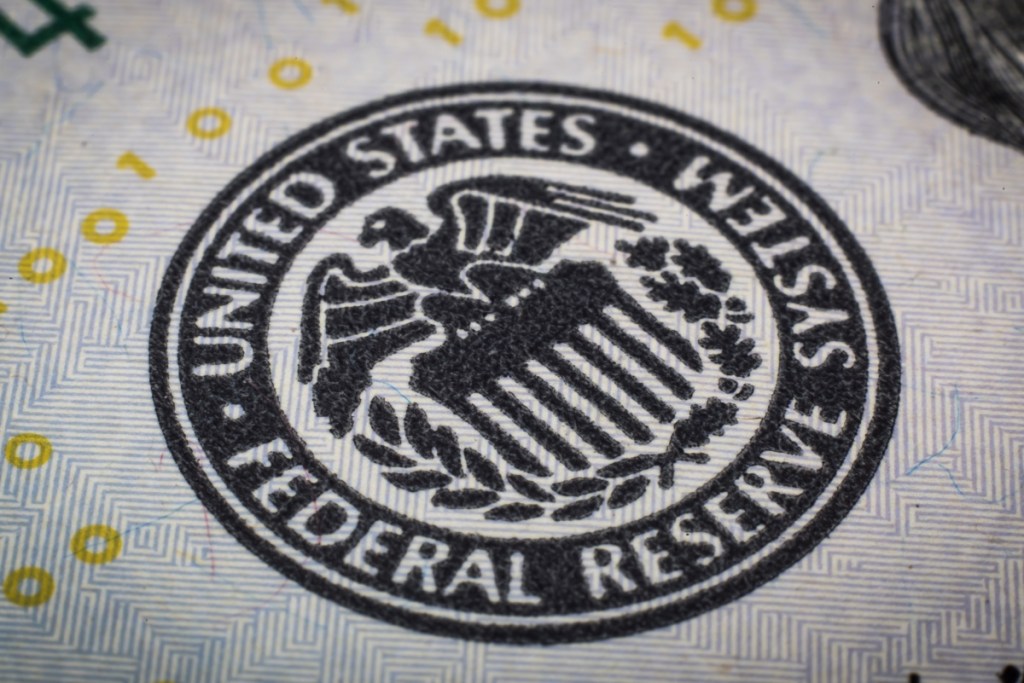The Federal Reserve announced that it is accelerating its tapering of bond-purchases starting in January.
The central bank’s Federal Open Markets Committee said that “in light of inflation developments and the further improvement in the labor market,” it will reduce the pace of its monthly purchases by $20 billion for Treasury securities and $10 billion for agency mortgage-backed securities.
That means that on January 14, 2022, the trading desk at the Federal Reserve Bank of New York, responsible for the purchases, will buy at least $40 billion Treasury securities and at least $20 billion agency mortgage-backed securities. Regarding agency MBS, purchases will continue to concentrate on recently produced coupons in 30-year and 15-year fixed-rate in the to-be-announced market.
In a note on Wednesday, Goldman Sachs said that if the FOMC does not change the pace of tapering in the January meeting, the taper would conclude in March.
The trading desk has been buying mortgage-backed and Treasury securities since March 2020, when Federal Reserve Chairman Jerome Powell announced the move in response to the coronavirus pandemic.
In November, the tapering started with a reduction in monthly purchases by $10 billion for Treasury securities and $5 billion for agency mortgage-backed securities, which means that the Fed is accelerating the tapering in 2022.
In its prepared statement, the FOMC said it expects similar reductions in the pace of net asset purchases, but it is ready to adjust by changes in the economic outlook.
“The Federal Reserve’s ongoing purchases and holdings of securities will continue to foster smooth market functioning and accommodative financial conditions, thereby supporting the flow of credit to households and businesses.”
The FOMC also mentioned it sees progress on vaccinations and strong policy support, solid job gains, and improvements in sectors most adversely affected by the pandemic in recent months. But supply and demand imbalances related to the pandemic and the reopening of the economy have continued to contribute to elevated inflation levels.
“The path of the economy continues to depend on the course of the virus,” the FED said. “Risks to the economic outlook remain, including from new variants of the virus.”







